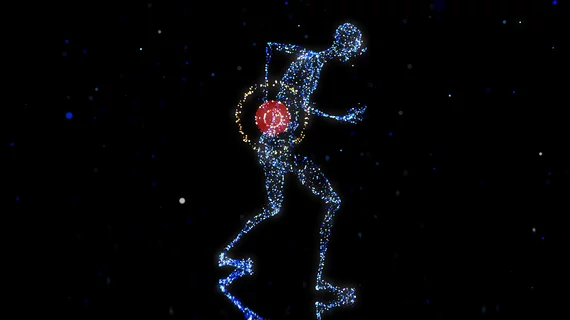Lumbar MRI exam duration cut in half using deep learning-based reconstruction algorithm
Experts were recently able to slash lumbar MRI exam times in half by using a deep learning-based reconstruction algorithm.
What’s more, the improved scan times did not come at the expense of image quality, but instead offered improved signal-to-noise ratio, according to a new study published in Skeletal Radiology.
“In recent years, artificial intelligence—in particular deep learning—is gaining ground in many areas of imaging such as image classification, segmentation, denoising, super-resolution and image synthesis/transformation,” corresponding author Andrea Laghi of Sant’ Andrea University Hospital in Italy and co-authors noted. “After proper training on a high volume of high-quality images considered as ground truth, DL algorithms allow to reconstruct images with higher signal to noise ratio, improved spatial resolution, and reduced truncation artefacts, resulting in images with high diagnostic quality and reduced acquisition times compared to standard protocols.”
For their study, the group applied GE Healthcare’s FDA-approved AIR Recon DL algorithm to the exams of 80 healthy volunteers who underwent 1.5T MRI examination of lumbar spine from September 2021 to May 2023. Sequences were completed using both the DLR algorithm and standard protocols, both of which were reviewed by two radiologists blinded to the reconstruction techniques.
Using the DLR algorithm, the team observed a significant reduction in protocol scanning time—down from 12:59 minutes to 6:26 minutes. According to the blinded radiologists, the reconstruction algorithm also produced higher SNR for all sequences and superior CNR for axial and sagittal T2-weighted fast spin echo images.
The overall image quality for all sequences was rated higher with DLR by both readers, prompting the team to suggest that “DLR protocol can be safely implemented in clinical practice.”
The group also highlighted several additional benefits of shortening lumbar MRI protocols, including cost-effectiveness and patient compliance, especially for those who are claustrophobic or in a great deal of physical pain.
For more insight into the research, click here.

